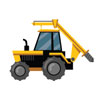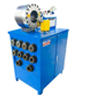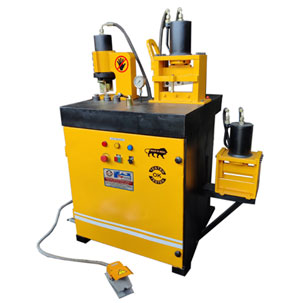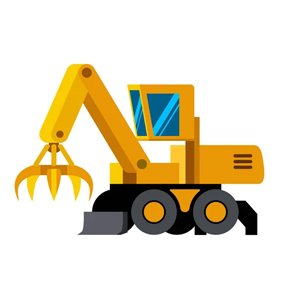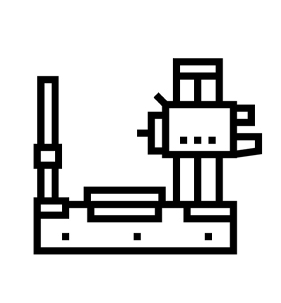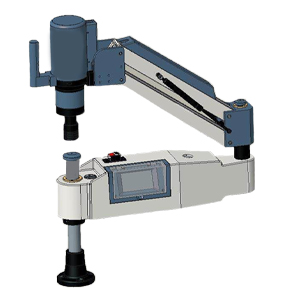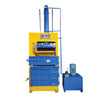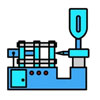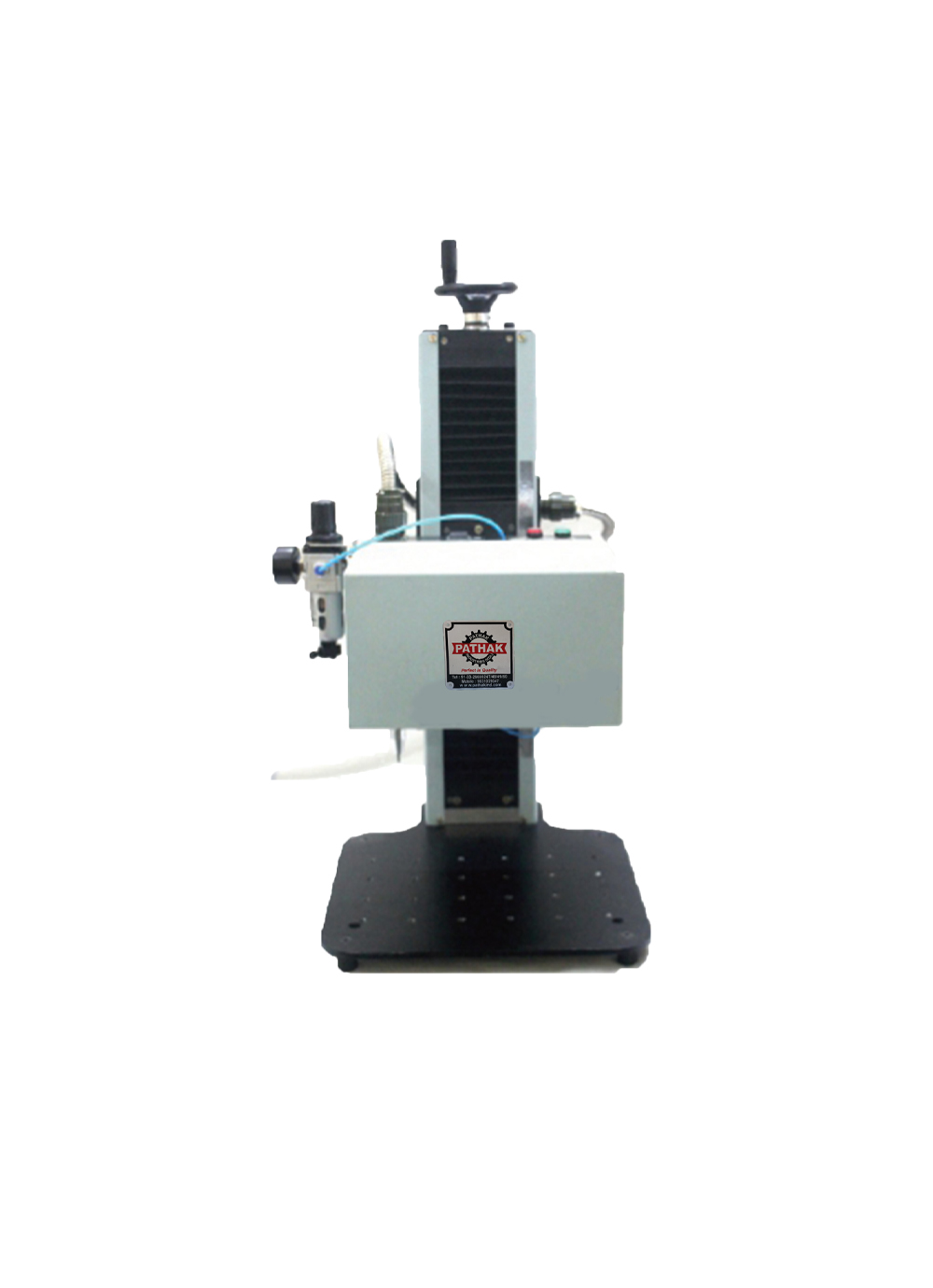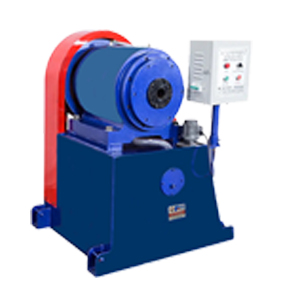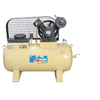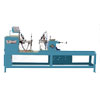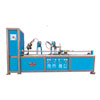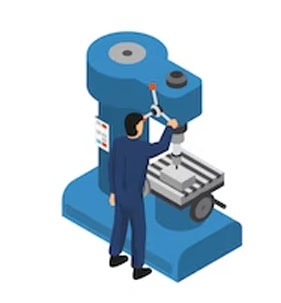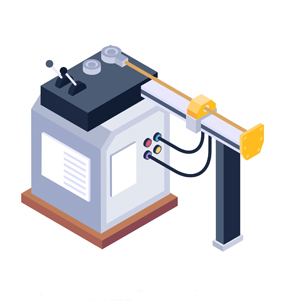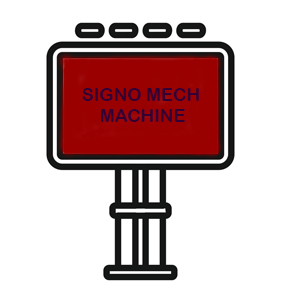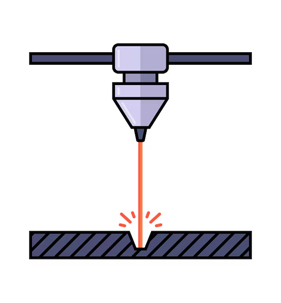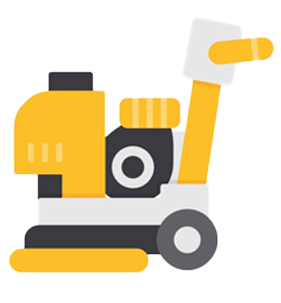A Brief Overview On Manual Production Lathe Machines
Published On: Aug 17, 2022 by Pathak

With a wide range of manual production lathe machines, we're able to produce high-quality parts at high volumes. Our manual production lathes are designed with efficiency in mind, which is why we use state-of-the-art technology to ensure that each machine and part is the best it can be.
How to Define a Manual Production Lathe Machine
A lathe machine is a device that rotates a workpiece about an axis of rotation to perform various operations such as turning, facing, taper cutting, knurling, drilling, or deformation with tools that are applied to the workpiece to create an object with symmetry about that axis. The principal parts of a lathe are the bed, headstock, tailstock, carriage, and tool rest. The lathe bed is a massive casting that supports all the other parts of the lathe. The headstock houses the main spindle and motor and provides support for the gears and bearings used to drive the various parts of the lathe. The tailstock is used to support long workpieces during turning operations and can be adjusted to apply different amounts of pressure along the length of the workpiece. The carriage is mounted on ways and carries the cross slide, tool post, and tailstock. The tool post supports the cutting tools used in various operations. Manual production lathes are operated by hand rather than by power. This type of lathe is often used for small-scale production or for prototyping new designs. Manual production lathes may also be used in situations where power is not available or where the
The Benefits of Manual Production Lathe Machines
There are many benefits to using manual production lathe machines over their automated counterparts. For one, manual machines are often more accurate than their automated cousins. This is because the operator of a manual machine can take the time to make sure that each cut is exactly where it needs to be. With an automated machine, the cuts are often less precise due to the speed at which the machine operates.
Another benefit of using a manual production lathe machine is that they are typically more durable than their automated counterparts. This is because manual machines do not have as many moving parts as automated machines, which means that there are fewer opportunities for something to break down. In addition, manual machines are often made with higher-quality materials than their automated counterparts, which further contributes to their durability.
Finally, manual production lathe machines often provide a better return on investment than their automated cousins. This is because they require less maintenance and can last for many years with proper care. Additionally, manual machines can be used for a wider range of applications than automated machines, which gives them more versatility and value.
The Advantages of Manual Production Lathe Machines
If you are looking for a machine that can offer you more precision and control over your production process, then a manual production lathe machine may be the right choice for you. Here are some of the advantages that these machines offer:
Greater Precision
With a manual production lathe machine, you have more control over the speed and direction of the cutting tool. This allows you to achieve greater precision in your cuts.
Increased Safety
Since the operator has more control over the cutting process, there is less chance for error. This can lead to increased safety for both the operator and those working nearby.
More Flexibility
Manual lathes offer more flexibility than automated machines. You can easily change the speed or direction of the cutting tool to accommodate different materials or tasks.
Lower Costs
Manual lathes are typically less expensive than their automated counterparts. This makes them a great option for budget-conscious businesses.
Economic and Environmental Impact
The environmental and economic impact of manual production lathe machines is significant. These machines have been used for centuries to create various objects from simple tools to intricate works of art. While the process of lathe production has changed little over time, the impact that it has had on the world around us is undeniable. From an environmental standpoint, lathe production is a very resource-intensive process. A great deal of energy is required to operate the machines and create the products. Additionally, the process generates a significant amount of waste material that must be properly disposed of. While manual production lathes have been in use for centuries, their impact on the economy has been much more recent. As more and more businesses move away from mass-production techniques, lathes have become an increasingly important part of the manufacturing process. The ability to create customized products quickly and efficiently has made them a valuable asset to both small and large businesses alike. As we continue to face challenges posed by climate change and dwindling resources, it is clear that we must find ways to reduce the environmental impact of our manufacturing processes. Manual production lathes offer one potential solution. By using these machines, we can reduce our reliance on energy-intensive methods and help to preserve
Conclusion
Overall, manual production lathe machines are a versatile and powerful tool that can be used for a variety of applications. With the right skills and knowledge, they can be used to create high-quality products. If you're interested in learning more about how to use a manual production lathe machine, there are plenty of resources available online.
Lastest Articles
-
Embracing NC Hydraulic Press Brake Technology in Middle East Factories
Being a prominent center for indust... -
What machines are used to set up an Electrical Modular Box Plant
Attention all aspiring entrepreneur... -
Manual Process For Making Steel Almirah
Steel almirah are not only durable ... -
Semi Automatic Almirah Making Machines
Streamlining Production Processes w... -
Steel Almirah Manufacturing With Fully Automatic High Precision Machines
Welcome to the world of precision a... -
Unlocking the Power of Precision Understanding the Purpose and Functionality of Drilling Machines
A drilling machine is a tool used f... -
A Beginners Guide to C-Frame Presses for Industrial Applications
Welcome to the world of C-frame pre... -
Busbar Machine Applications in Automotive Manufacturing
Busbar Machine Applications i... -
How Busbar Machines Contribute to Electrical Safety and Reliability
How Busbar Machines Contribute to E... -
A Beginner's Guide to Busbar Fabrication and Assembly
A Beginner's Guide to Busbar Fabric...









